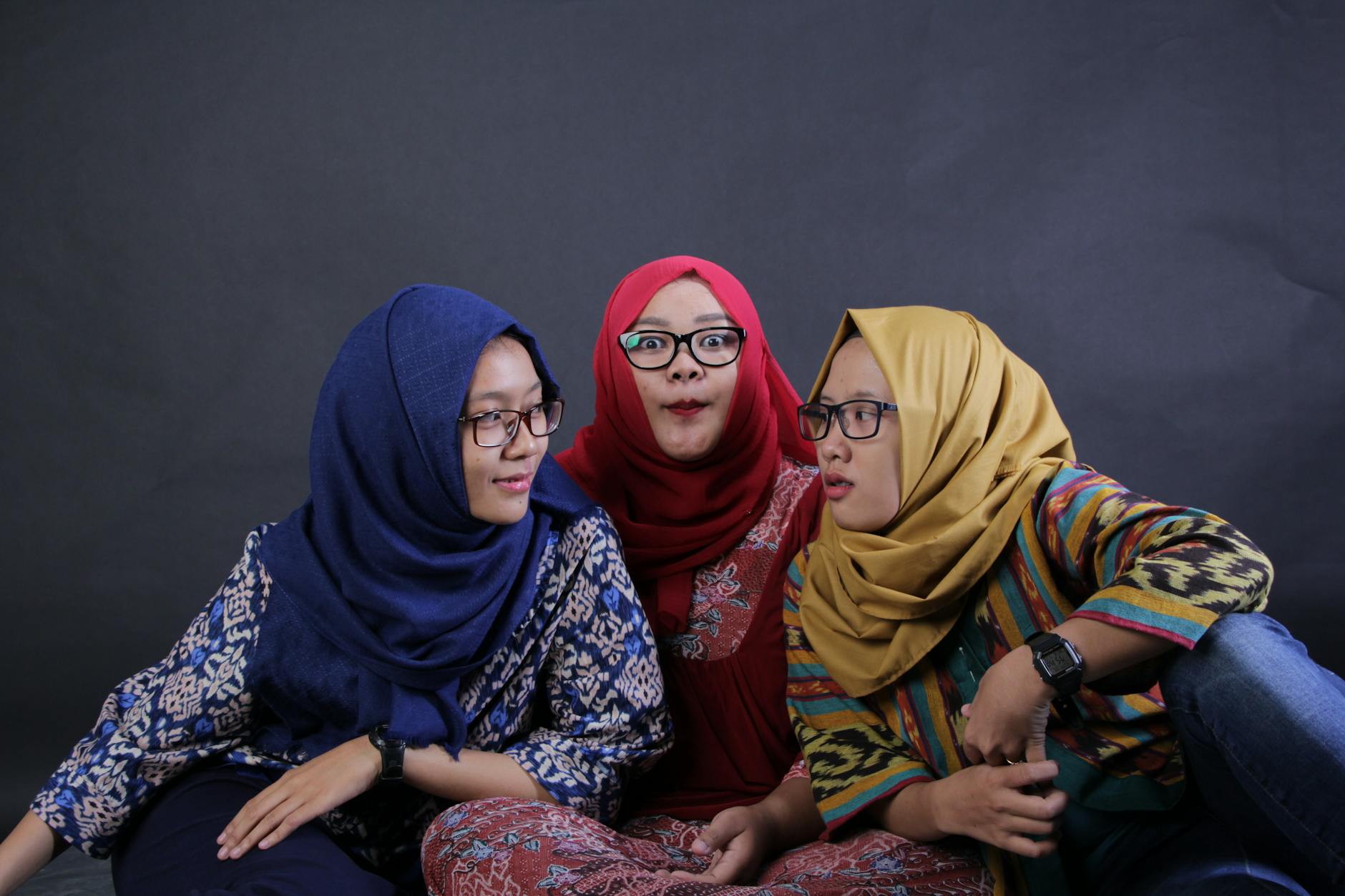The rise of AI in creative fields sparks a fundamental question: are we collaborating with advanced tools, or surrendering our artistic agency? Two recent books, Vauhini Vara’s *Searches* and David Hajdu’s *The Uncanny Muse*, dissect this tension from both personal and historical perspectives.
Vara’s *Searches* blends memoir, tech journalism, and AI experimentation. After struggling to write about the loss of her sister, she turned to GPT-3, discovering its capacity for generating beautiful prose while simultaneously grappling with issues of authorship and authenticity. As a former tech reporter who witnessed Silicon Valley’s ascent and even befriended Mark Zuckerberg, Vara brings a unique lens to the subject. She recounts her decision to reject a job at Apple to pursue fiction, only to later integrate AI into her creative process. Vara even prompted ChatGPT to critique her work, observing its corporate-like tone and the AI’s use of “we” and “our,” blurring the lines between human and machine.
Vara raises ethical concerns about AI’s use, questioning whether her viral essay, “Ghosts,” inadvertently promoted AI by showcasing its creative abilities. She recognized that AI generates “wish fulfillment” rather than genuine expression, underscoring concerns about the potential exploitation of human labor in training these AI models. Vara ultimately champions genuine human narratives, exemplified by the inclusion of an anonymous survey of diverse female voices, contrasting the richness of human expression with the singular, corporate-tinged responses of AI. She chooses genuine human creativity and expression over artificially produced wish fulfillment.
Hajdu’s *The Uncanny Muse* provides a historical context, tracing the relationship between humans and machines in art and music. From player pianos to synthesizers, technology has expanded creative possibilities. However, Hajdu challenges our tendency to anthropomorphize machines, prompting us to consider the value of both mechanical and human creativity. The questions raised by Simon Colton’s AI Painting Fool echo those of *The Uncanny Muse*; namely, why should we give up art to a machine, and what do we care how a machine perceives the world?
Neurologist Pria Anand’s *The Mind Electric* offers a contrasting viewpoint, celebrating the uniqueness of the human brain through compelling patient stories of neurological afflictions and resilience. Anand emphasizes the extraordinary complexity of the human brain and the power of human narrative in understanding ourselves, underscoring the chasm between the human mind and any machine-generated simulation.
Ultimately, these works encourage a critical examination of AI’s role in our creative endeavors. While technology offers new tools, preserving the distinct voices and experiences that define human creativity is paramount. We must resist the urge to replace genuine expression with artificial wish fulfillment, remembering that the true “electricity” of creativity lies within the human brain. The heart of human creativity cannot be captured by algorithms.
Photo by rahajengmrlt on Pexels
Photos provided by Pexels
